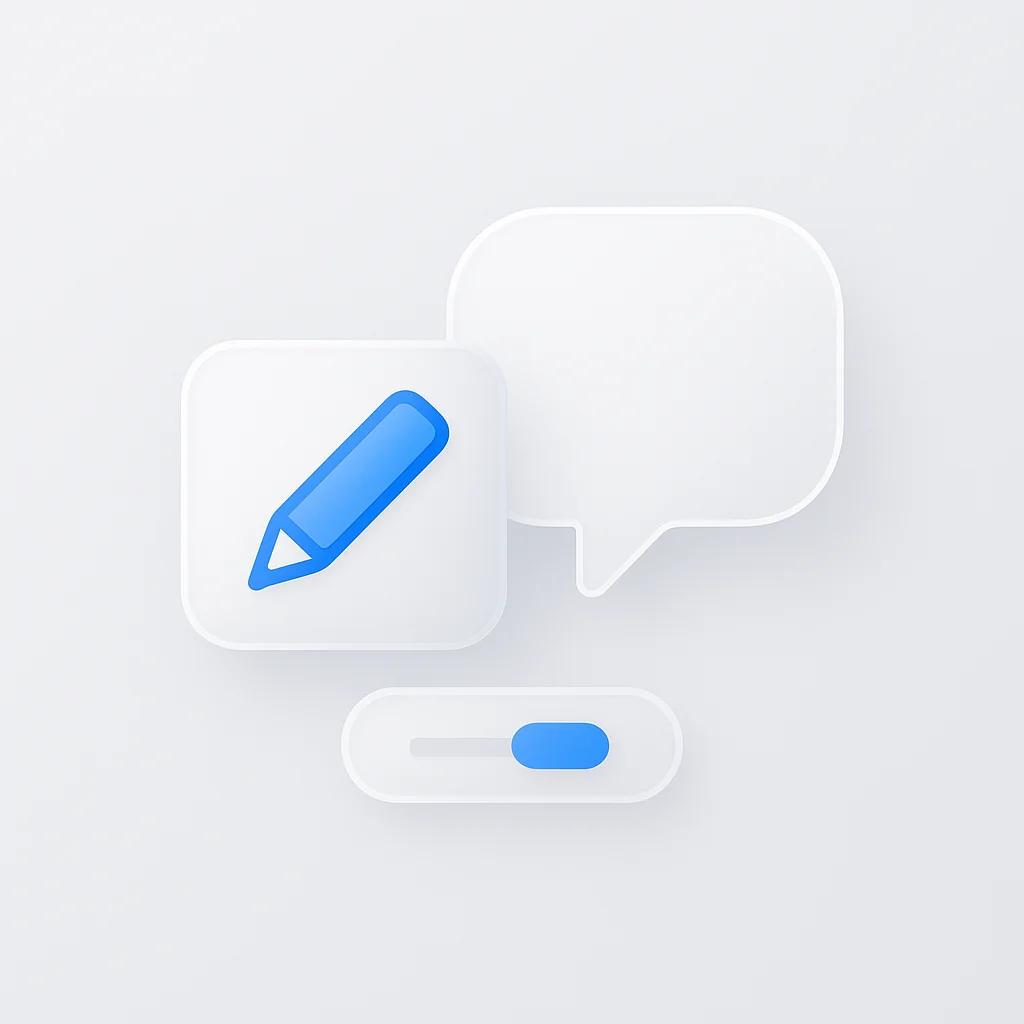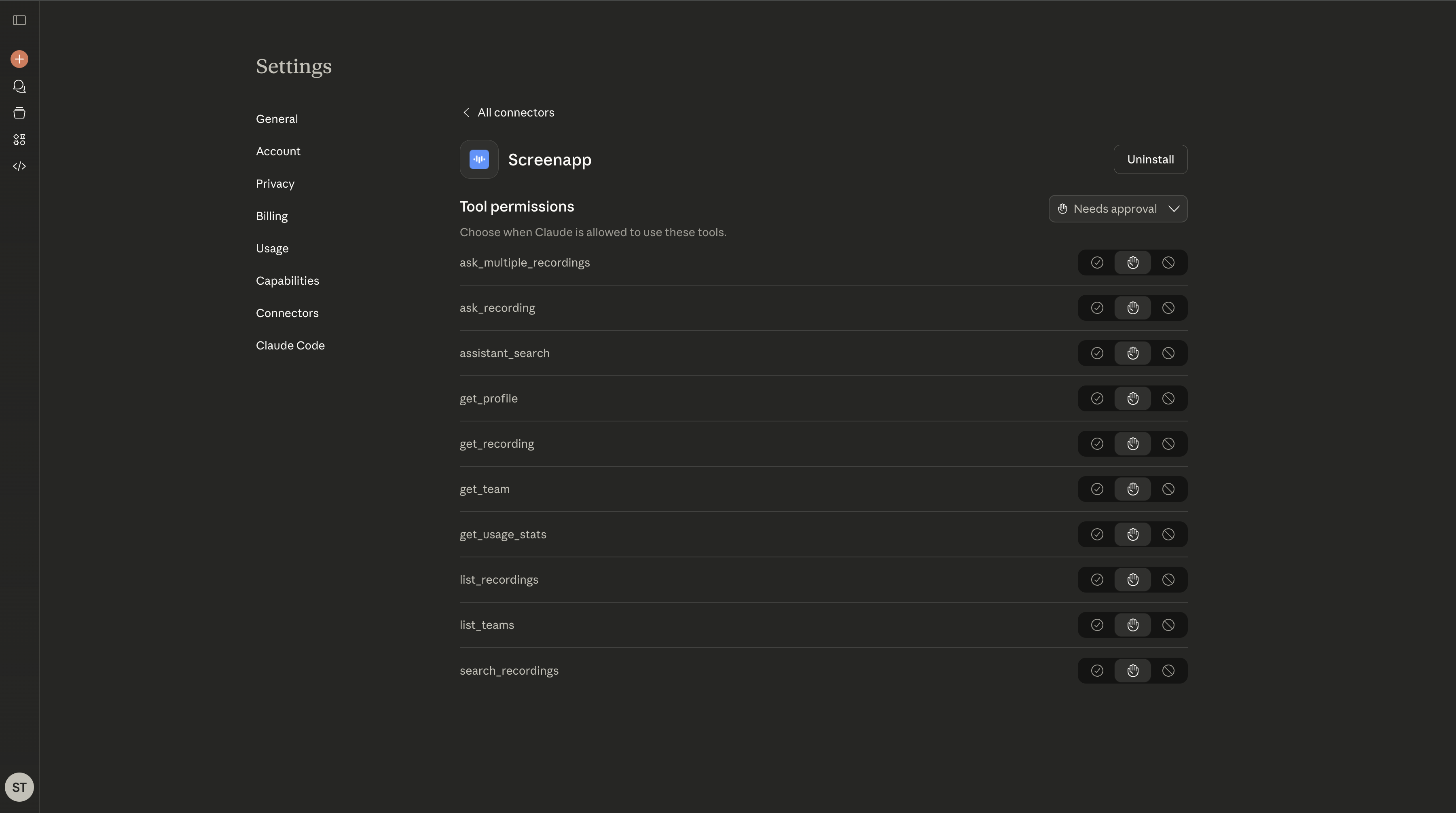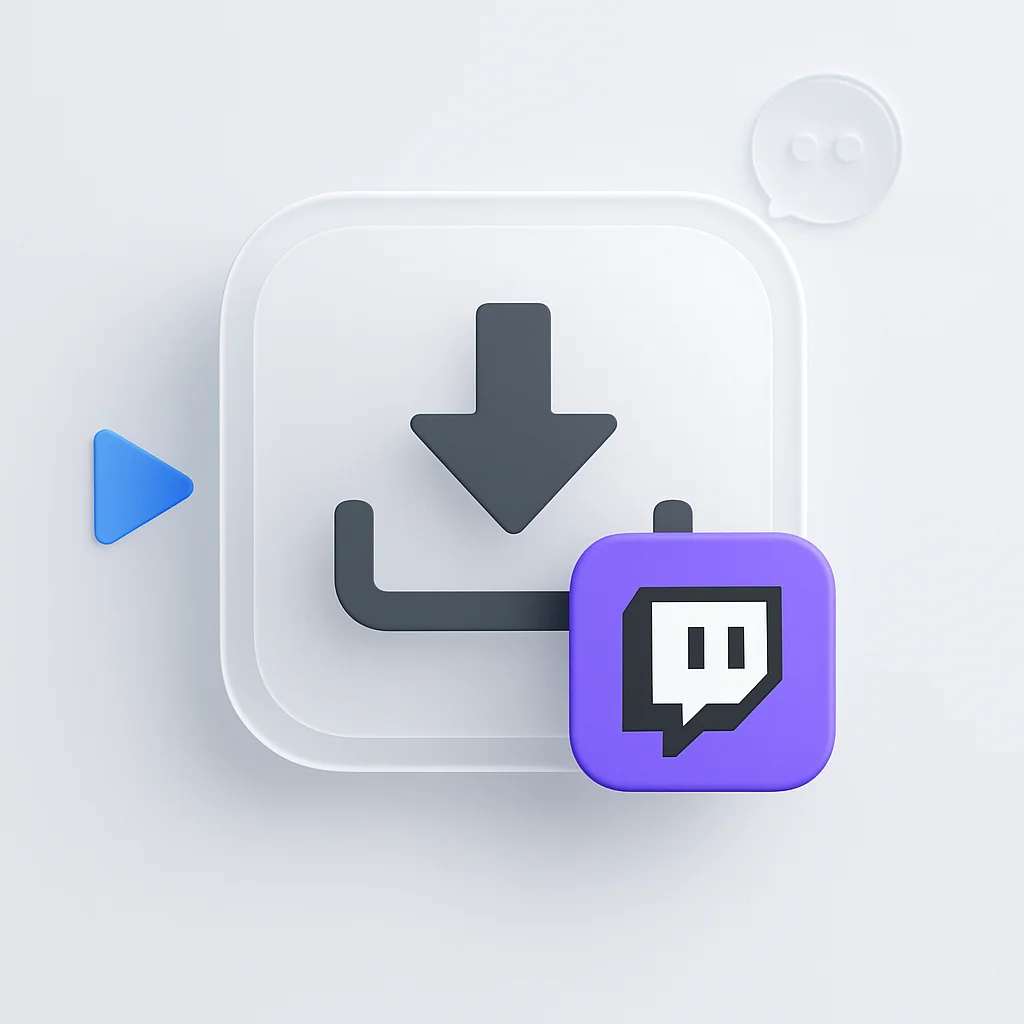The barrier between your imagination and a stunning piece of digital art is now just a few words long. AI art generators like Midjourney and DALL-E 3 can create breathtaking images from text, but there’s a catch: the quality of your output depends entirely on the quality of your input.
Many users get frustrated when their “AI art prompts” produce generic, muddy, or nonsensical images. They have a clear vision but lack the language to translate it for the AI. This is where prompt engineering—the skill of crafting precise and effective instructions—becomes essential.
This guide will teach you how to write AI art prompts that deliver incredible results. We’ll break down the anatomy of a perfect prompt, provide a simple framework for writing your own, and share 10 diverse, ready-to-use samples that you can adapt for your own creative projects. For designers looking to expand their AI toolkit beyond art generation, our comprehensive guide to AI tools for designers covers everything from concept development to final execution.
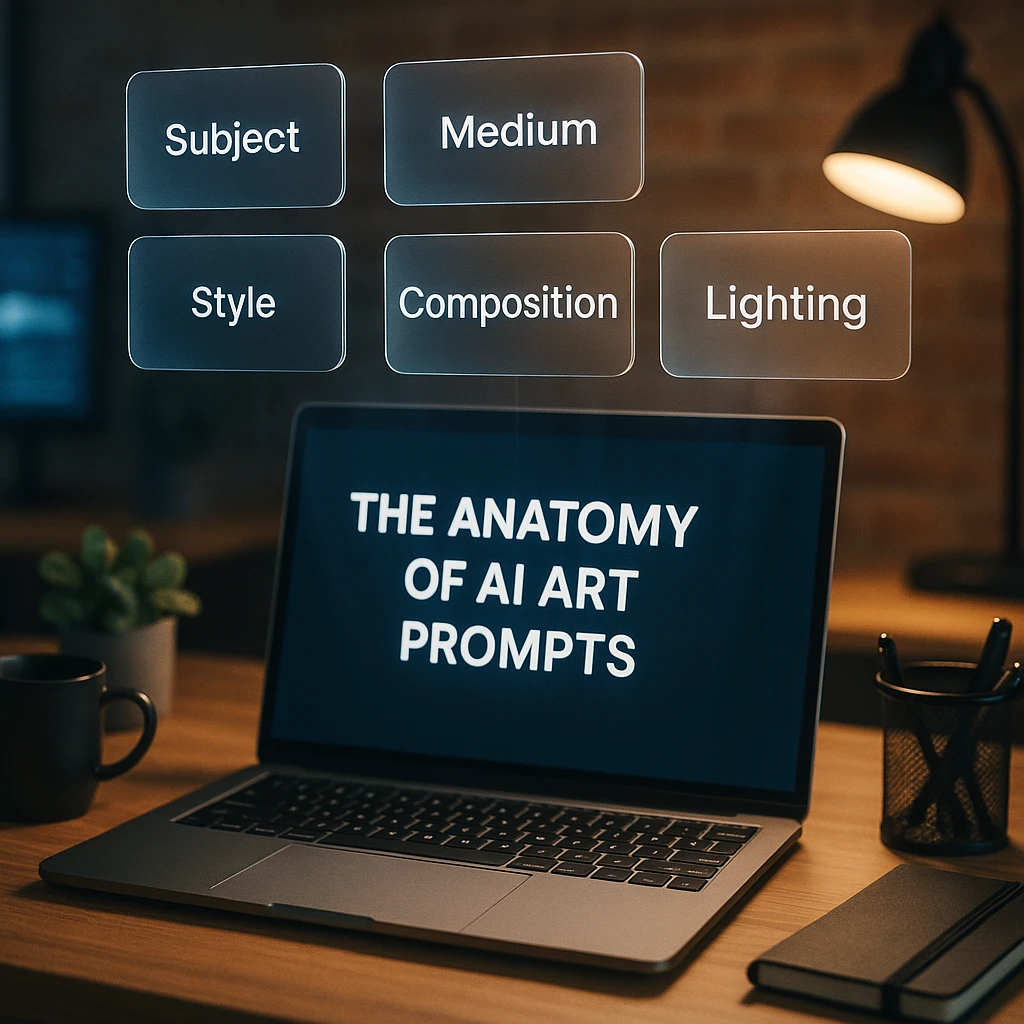
The Anatomy of a Great AI Art Prompt
A powerful prompt is not just a random collection of words; it’s a structured instruction. While every AI model is different, the most successful prompts generally contain several key components that work together to guide the AI toward your desired outcome.
| Component | Purpose | Example Keywords |
|---|---|---|
| Subject | The main focus of your image. Be clear and specific. | A wise old wizard, a sleek futuristic car, a serene forest |
| Medium | The artistic medium you want to emulate. | oil painting, 3D render, photograph, watercolor sketch |
| Style | The artistic style or movement. | hyperrealistic, anime, impressionist, art deco, cyberpunk |
| Composition | How the subject is framed and positioned. | close-up shot, wide-angle view, from above, dynamic angle |
| Lighting | The mood and atmosphere of the scene. | cinematic lighting, soft morning light, dramatic backlighting, neon glow |
| Parameters | Technical commands to control the final output. | --ar 16:9 (aspect ratio), --style raw, --seed 123 |
💡 Pro Tip: Start with a simple subject and layer in details. The more specific information you provide (medium, style, lighting), the more control you have over the final image. Think of it as commissioning an artist who needs a clear brief. This structured approach to prompt creation shares similarities with [effective ChatGPT prompting strategies](/blog/100-chatgpt-4-prompts) used across different AI applications.
The 4-Step Framework for Writing Prompts
Step 1: Define Your Core Subject
Start with a clear, simple description of what you want to see. This is the foundation of your prompt.
- Example:
a cat
Step 2: Add Medium and Style
Specify the artistic form and the visual style to give your image character.
- Example:
a photograph of a cat in a cinematic style
Step 3: Set the Scene with Composition and Lighting
Describe how the scene is lit and framed to create mood and focus.
- Example:
a close-up photograph of a cat in a cinematic style, dramatic side lighting
Step 4: Refine with Detail and Parameters
Add final descriptive words and any technical commands, like aspect ratio, to perfect the image.
- Example:
a close-up photograph of a fluffy Persian cat sleeping on a velvet cushion, cinematic style, dramatic side lighting, warm tones --ar 16:9
10 Powerful AI Art Prompt Samples
Here are 10 sample prompts designed for clarity and impact, along with a breakdown of why they work.
Sample 1: Photorealistic Portrait
photograph of an elderly fisherman with a weathered face and a thick white beard, looking into the distance, close-up portrait, cinematic lighting, 8K, hyperrealistic, sharp focus
This prompt works by stacking specific details. It defines the Subject (elderly fisherman), adds descriptive context (weathered face, white beard), sets the Composition (close-up portrait), defines Lighting (cinematic), and specifies the desired technical quality and Style (8K, hyperrealistic, sharp focus).
Sample 2: Cinematic Sci-Fi Scene
a massive, abandoned starship interior, overgrown with bioluminescent alien flora, shafts of cosmic light breaking through the shattered hull, lone astronaut standing in the center, wide-angle shot, awe-inspiring, epic scale, cyberpunk aesthetic --ar 16:9
This prompt creates a story. The Subject is a location (abandoned starship) with conflicting details (overgrown with flora). The Lighting (shafts of cosmic light, bioluminescent) is key to the mood. The Composition (wide-angle shot) and descriptive words (epic scale) create a sense of wonder. The `--ar 16:9` Parameter ensures a cinematic widescreen format.
Sample 3: Fantasy Landscape Painting
digital painting of a mystical floating island in the clouds at sunset, waterfalls cascading into the sky, intricate elven architecture, vibrant color palette, in the style of Studio Ghibli and Thomas Kinkade, fantasy, magical, detailed
Here, the Medium (`digital painting`) and Style (`in the style of...`) are dominant. Referencing specific studios or artists gives the AI a powerful visual library to draw from. The fantastical Subject (floating island, cascading waterfalls) is supported by mood words (mystical, magical).
Sample 4: Abstract 3D Render
3D octane render of iridescent crystalline structures, interlocking geometric shapes, glowing inner light, minimalist composition on a dark background, abstract, satisfying loops, UHD
This prompt focuses on materials and textures. The Medium (`3D octane render`) is very specific. Words like `iridescent`, `crystalline`, and `glowing` tell the AI exactly what surface properties to create. The Composition is kept simple (`minimalist`) to highlight the complex Subject.
Sample 5: Anime Character Design
anime character concept sheet, a young female cyberpunk ninja with neon pink hair and glowing cybernetic eyes, dynamic action pose, detailed line art, cell shaded, Tokyo street background at night with rain --ar 2:3
For characters, specificity is key to overcoming AI's tendency for generic faces. The Subject is highly detailed (young female, cyberpunk ninja, pink hair, cybernetic eyes). The Style (`anime`, `cell shaded`) and Composition (`character concept sheet`, `dynamic action pose`) are also crucial. The `--ar 2:3` Parameter is ideal for a full-body character portrait.
Sample 6: Architectural Visualization
architectural visualization of a modern minimalist house nestled in a foggy redwood forest, floor-to-ceiling glass windows, warm interior light spilling out, exterior shot at dusk, photorealistic, serene atmosphere
This prompt contrasts elements. The Subject combines a `modern minimalist house` with a `foggy redwood forest`. The Lighting is a key instruction: `warm interior light spilling out` against the cool `dusk` exterior creates a beautiful and inviting mood.
Sample 7: Watercolor Food Illustration
delicate watercolor illustration of a slice of strawberry shortcake on a porcelain plate, soft pastel color palette, clean white background, detailed crumbs and texture, whimsical and light
The Medium (`delicate watercolor illustration`) is central. Words like `soft`, `whimsical`, and `light` reinforce this feeling. The Composition (`clean white background`) makes the Subject (the cake) the hero of the image. Tiny details like `detailed crumbs` add a layer of realism.
Sample 8: Logo Design Concept
minimalist vector logo of a phoenix, clean lines, geometric shapes, single vibrant orange color, on a white background, graphic design, flat icon --style raw
For graphic design, use design terminology. The Style is defined by `minimalist`, `vector`, `clean lines`, `geometric`, and `flat icon`. Specifying a `single vibrant orange color` and a `white background` prevents the AI from overcomplicating the design. The `raw` Parameter (in Midjourney) helps reduce the AI's default "artistic" flair for a cleaner result.
Sample 9: Vintage Horror Movie Poster
1950s horror movie poster, a shadowy figure with glowing red eyes looming over a small town, distressed paper texture, muted color scheme, bold retro typography, ominous, B-movie aesthetic --ar 2:3
This prompt invokes a specific era and genre. The Style (`1950s horror`, `B-movie aesthetic`) is the main guide. Details like `distressed paper texture` and `muted color scheme` are crucial for achieving the vintage look. Note that AI is not great with text, so `bold retro typography` will influence the *style* of any text it attempts, but likely won't produce readable words.
Sample 10: Macro Nature Photograph
extreme macro photograph of a ladybug on a green leaf covered in morning dew drops, shallow depth of field, soft natural lighting, intricate details, bokeh background, National Geographic quality
Photography terms are essential here. The Composition is defined by `extreme macro` and `shallow depth of field`. The `bokeh background` is a specific photographic effect. Referencing a quality standard like `National Geographic` gives the AI a clear target for realism and composition.
Best Practices and Common Mistakes to Avoid
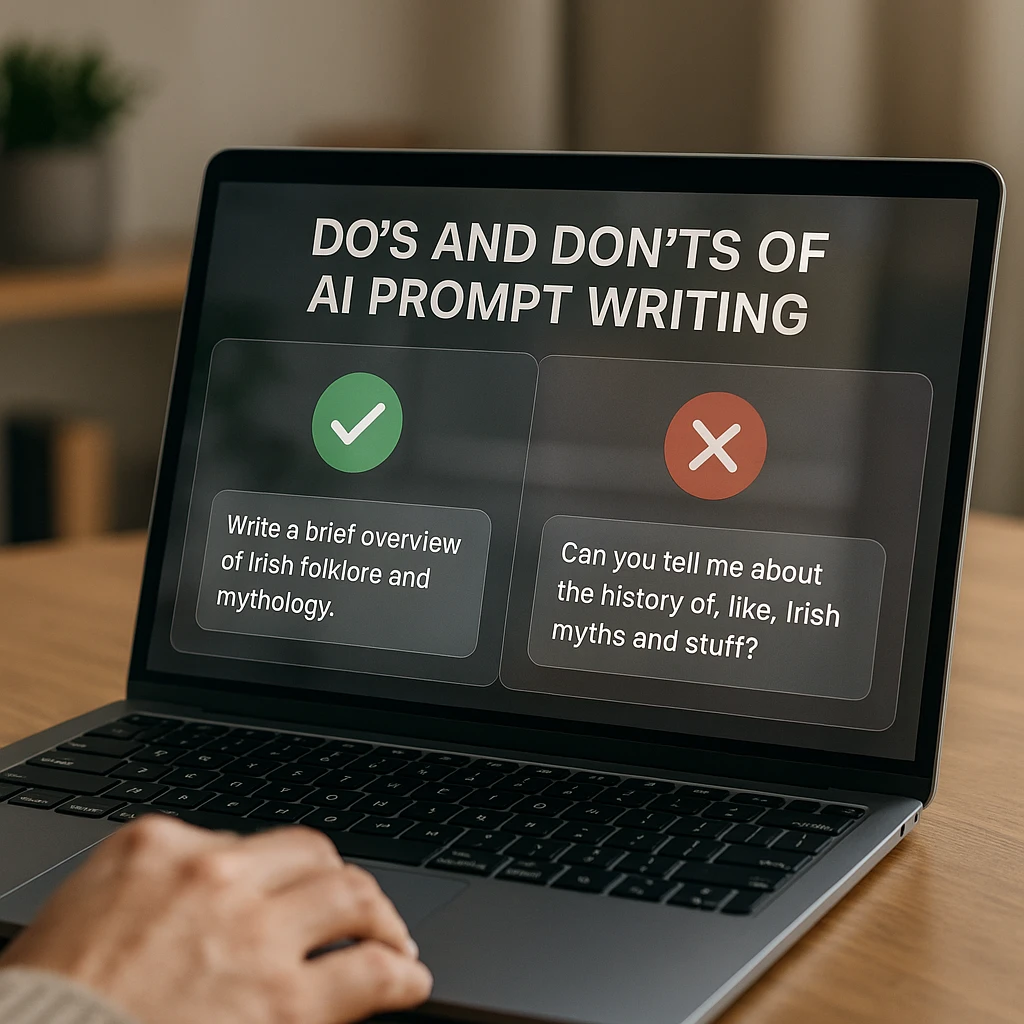
Do’s and Don’ts of AI Prompt Writing
- Be highly specific and descriptive.
- Use photographic and artistic terms (e.g., "macro," "cinematic lighting," "impressionistic").
- Layer multiple concepts together for unique results.
- Specify the desired aspect ratio (e.g., `--ar 16:9` for landscape, `--ar 2:3` for portrait).
- Iterate and refine. Your first prompt is rarely your last.
- Be vague or use single-word prompts.
- Use negative phrasing like "a person with no hat." Use negative prompts instead (e.g., `--no hat`).
- Expect the AI to read your mind.
- Ask for readable text or complex logos with words.
- Give up after one or two tries.
Documenting Your Creative Workflow with AI Tools
As you delve deeper into prompt engineering, you’ll likely watch expert tutorials, attend workshops, or discover new techniques through experimentation. Keeping track of every brilliant prompt and method can be a challenge.
This is where documenting your learning process becomes invaluable. For instance, if you’re watching video tutorials on advanced prompting, you can use our AI-powered screen recorder to capture your workflow while automatically generating captions and removing background noise. You can even use our AI video summarizer to extract the core techniques and prompts from lengthy tutorials, creating a searchable, personal library of AI art knowledge that you can reference anytime.
For creators looking to share their AI art on social platforms, understanding how to create viral Instagram content can help you reach a wider audience with your generated artwork. The principles of engaging visual storytelling apply whether you’re sharing traditional art or AI-generated pieces.
FAQ (Frequently Asked Questions)
What makes a good AI art prompt?
Answer: A good prompt is specific, detailed, and structured. It clearly defines the subject, medium, style, composition, and lighting to guide the AI, rather than leaving it to guess.
How do I get consistent characters in AI art?
Answer: Consistency is a major challenge. Using the “seed” number from a previous generation (--seed <number>) can help produce similar results. For more advanced consistency, techniques in models like Midjourney involve using an image of a character as part of the prompt. Early text-to-image research from institutions like OpenAI laid the groundwork for these evolving capabilities.
What is a negative prompt?
Answer: A negative prompt is a parameter used to tell the AI what not to include. For example, adding --no hands or --no text can help clean up common AI mistakes or unwanted elements.
How important are artist names in prompts?
Answer: Citing artists (e.g., “in the style of Ansel Adams”) is one of the most powerful ways to influence the output, as the AI has been trained on these massive datasets. However, be mindful of the ethical considerations of mimicking living artists’ work.
Which AI art generator is the best?
Answer: It depends on your needs. Midjourney is known for its artistic and stylized output. DALL-E 3 excels at understanding natural language and following complex instructions. Stable Diffusion is open-source and highly customizable for those with technical skill. It’s best to experiment with a few to see which fits your style. Product managers evaluating different AI tools might find our guide to essential AI tools for product management helpful for making informed decisions about creative workflows.
Conclusion: Prompting is a Creative Skill
Writing an effective AI art prompt is more of a craft than a science. It’s a creative skill that blends technical knowledge with artistic vision. The best results come from a structured approach, a rich vocabulary, and a willingness to experiment.
By understanding the core components of a prompt and practicing with different combinations, you can move from a passive user to a confident creator, capable of bringing any idea to life. Whether you’re an educator looking to incorporate AI art into your curriculum or a professional seeking to enhance your creative toolkit, mastering prompt engineering opens up endless possibilities for visual expression.
🎯 Key Takeaway: Don't just tell the AI *what* to create; teach it *how* to see your vision through detailed, layered, and specific instructions.
